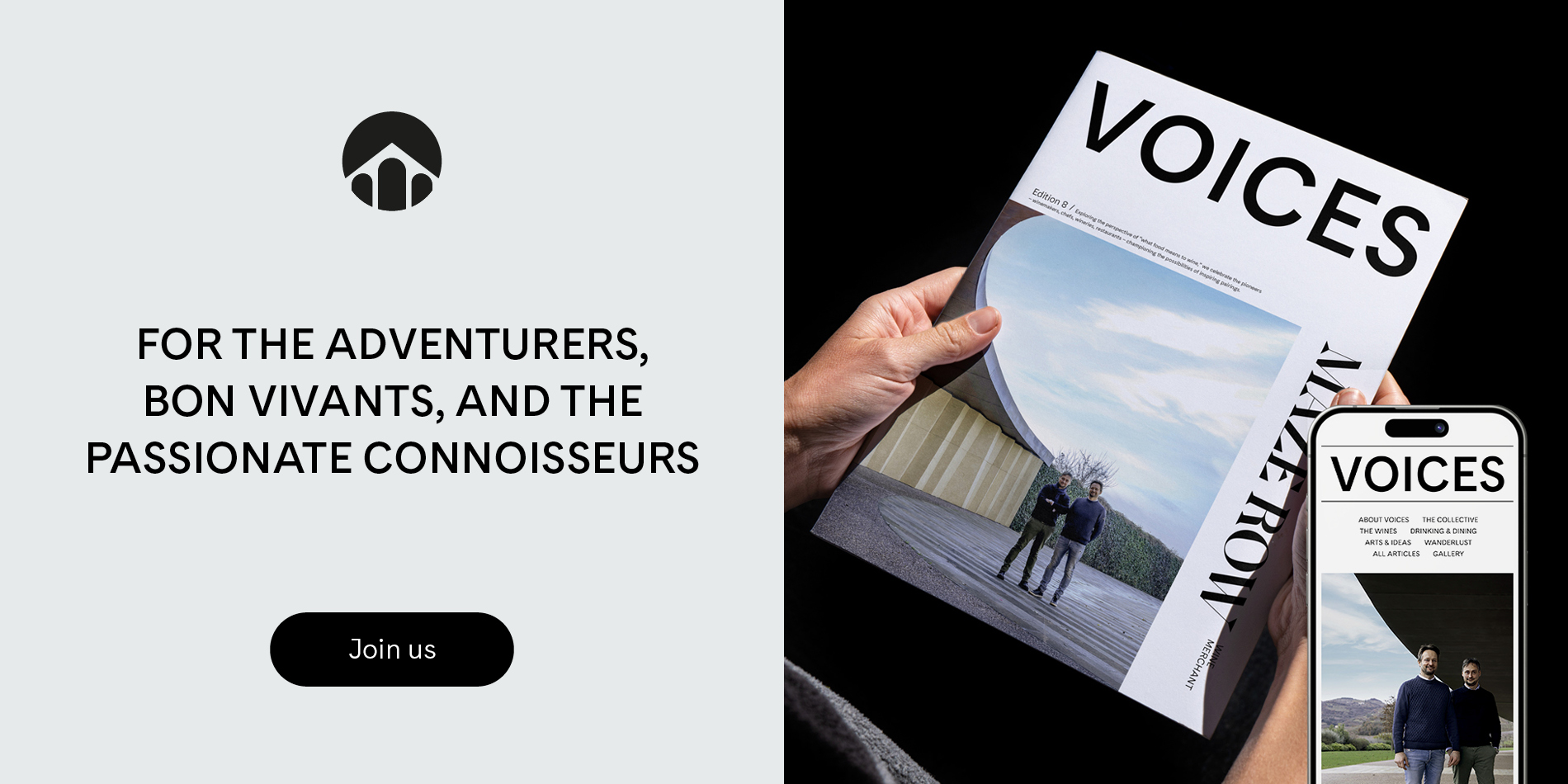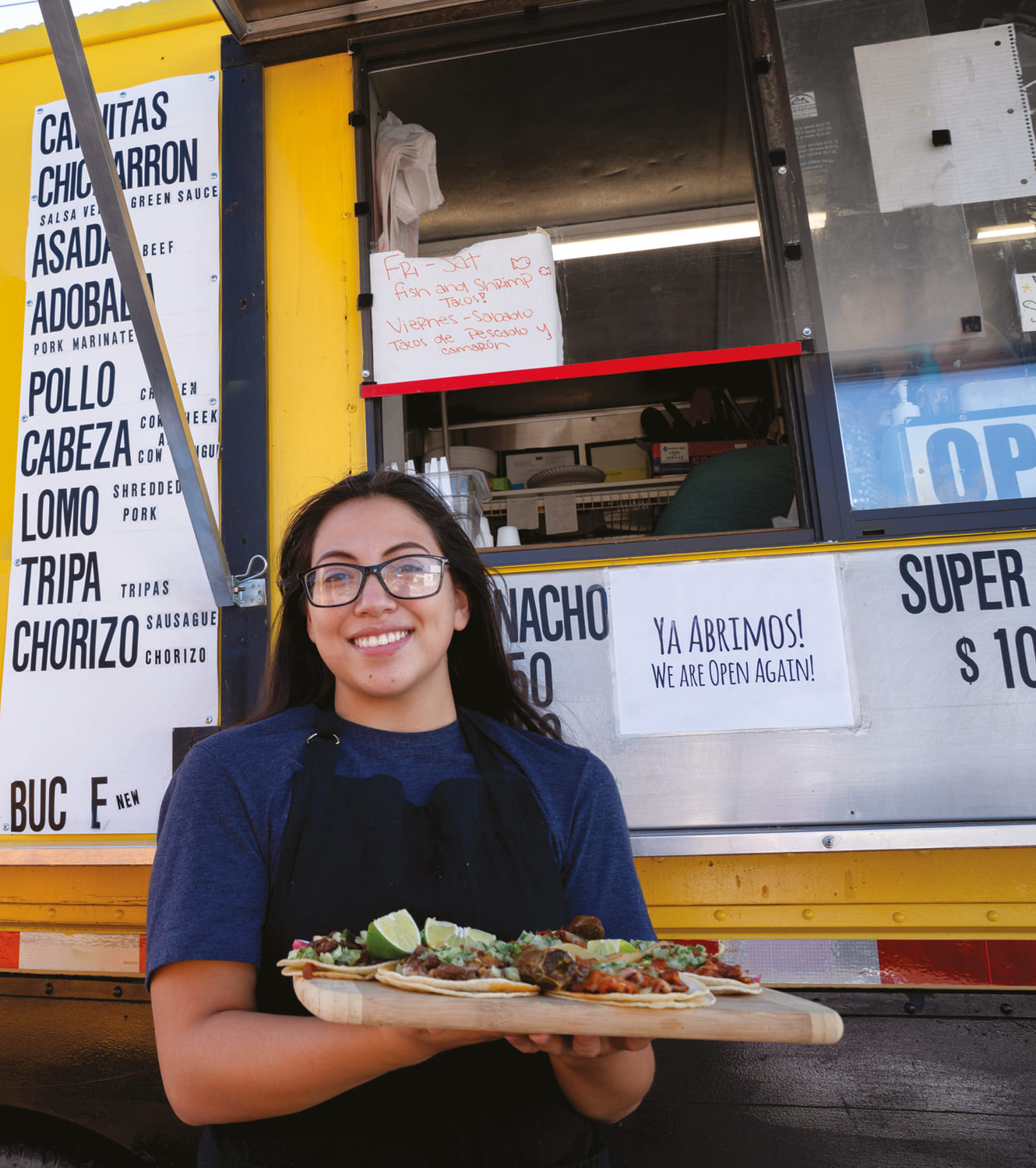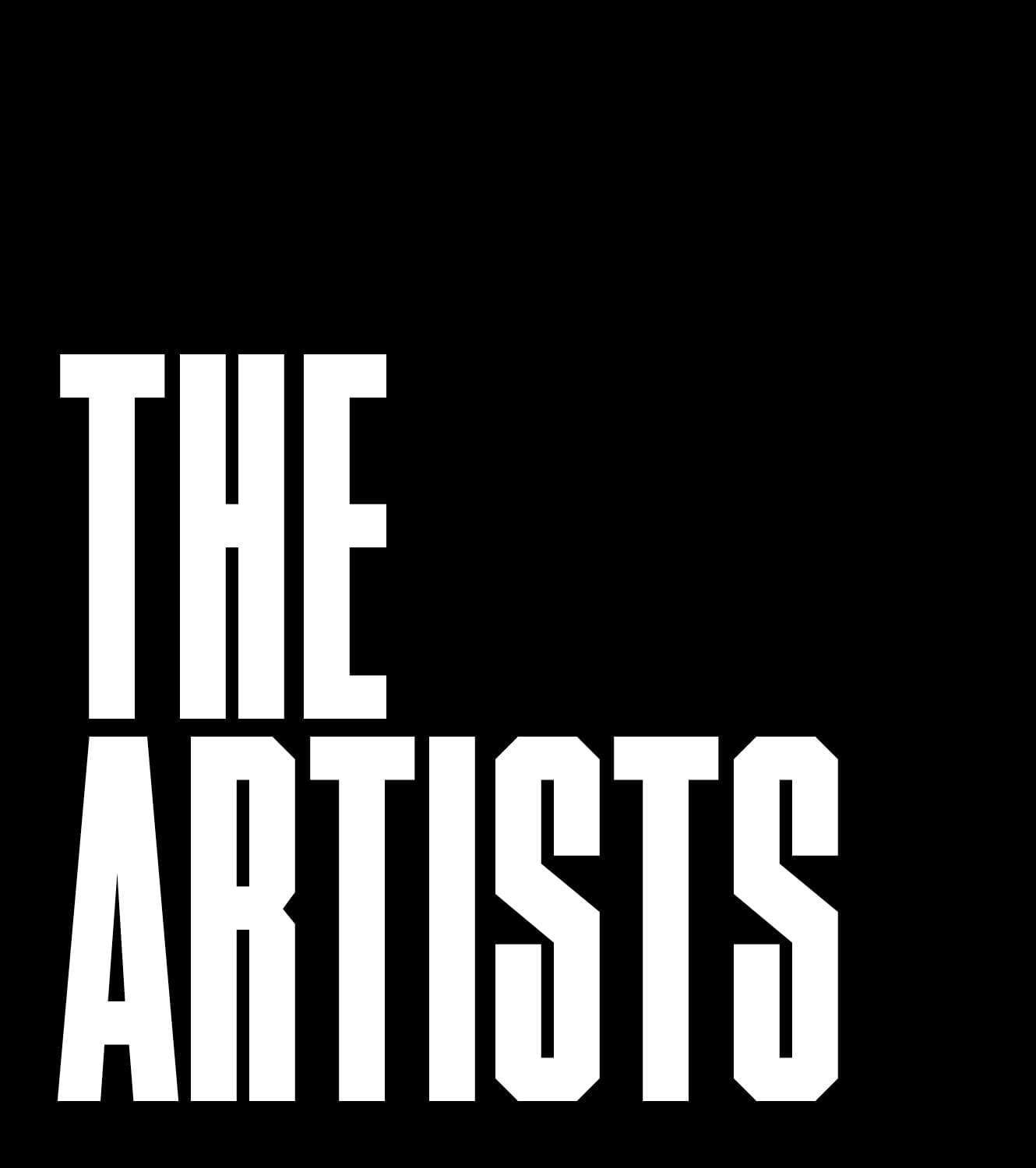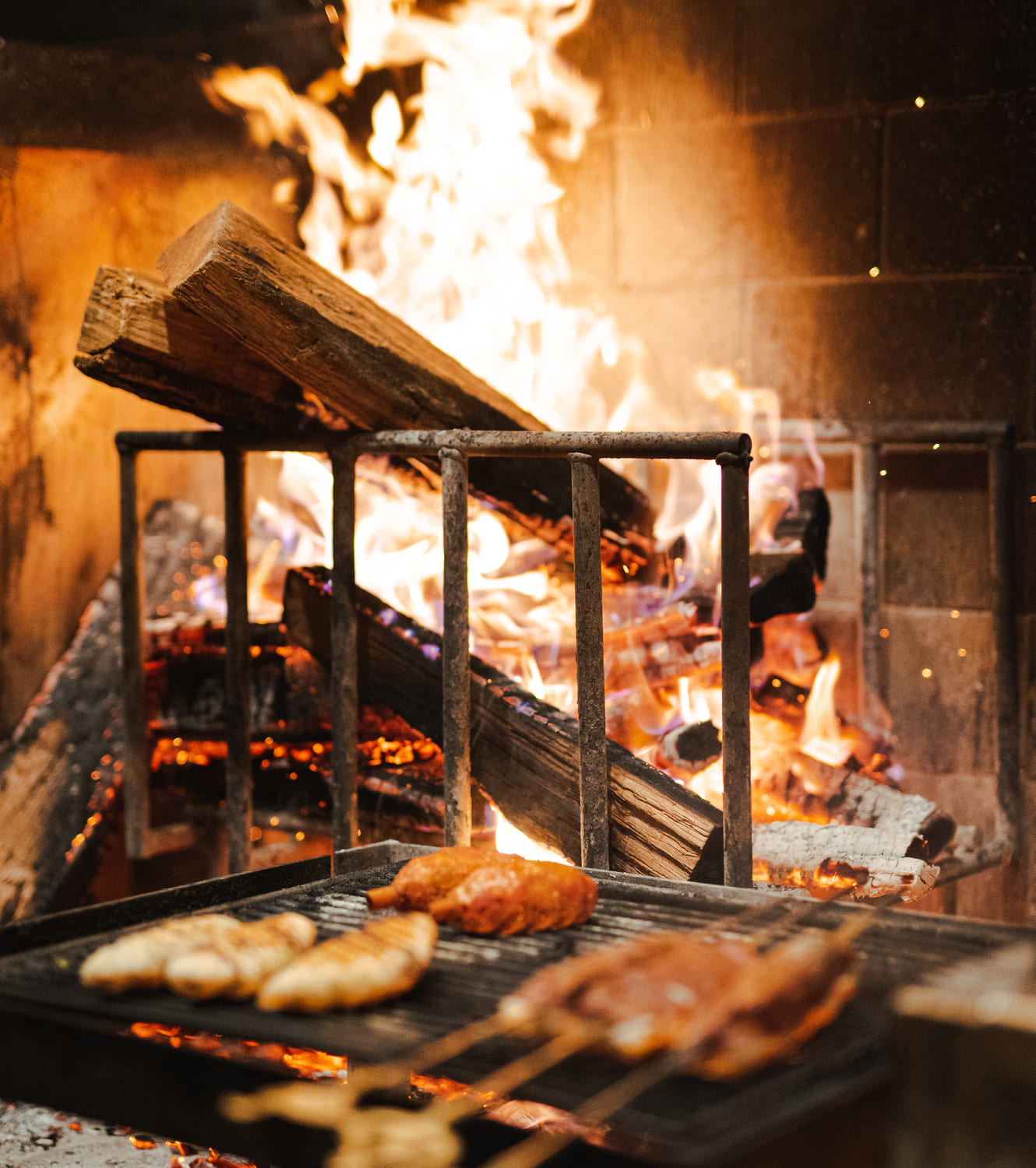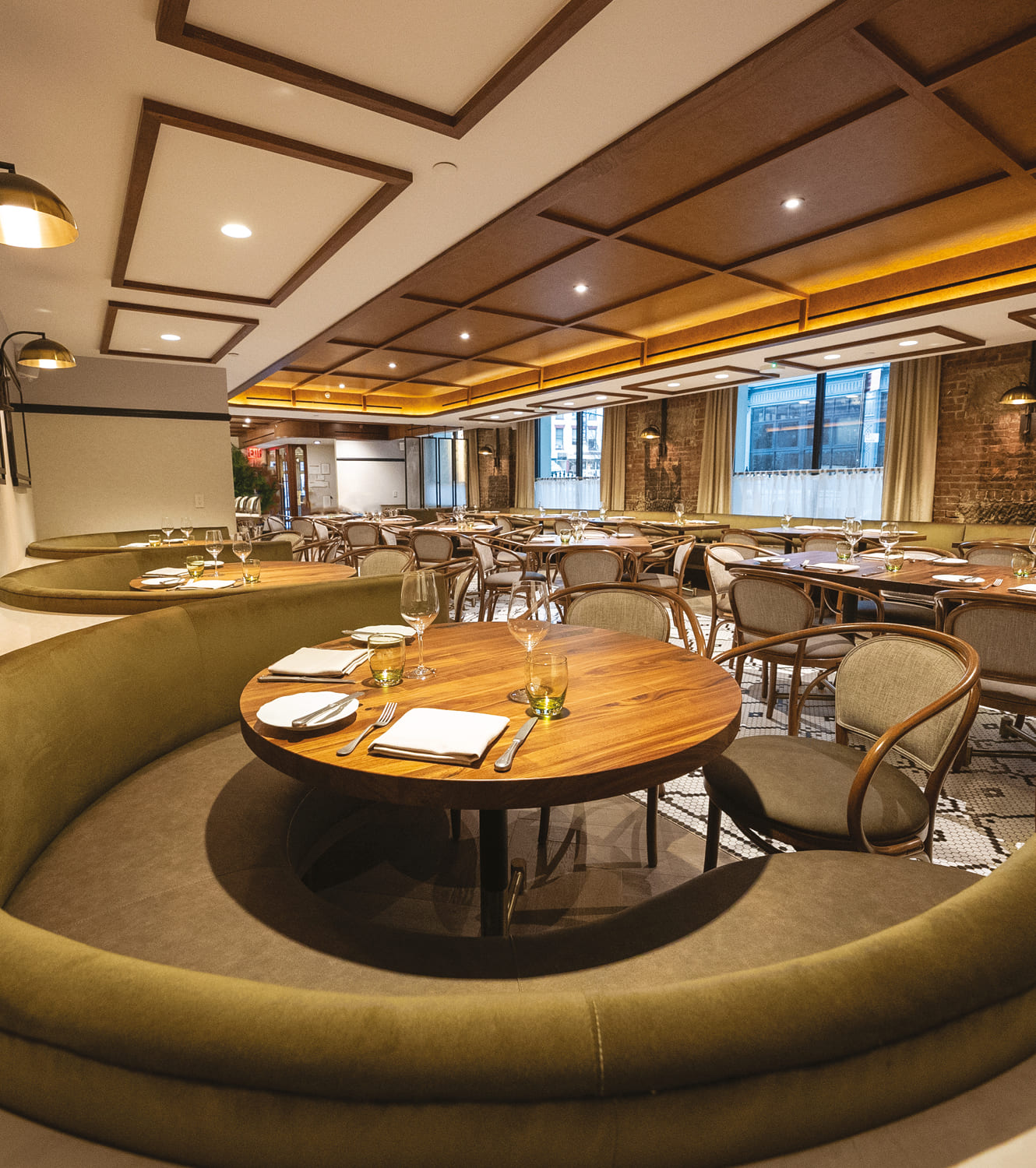
Taking the natural course
Formally in the fashion industry, Whitney Pope is now a Washington, DC sommelier and founder of Whit + Wine. Here, she discusses her journey from fashion to fermenting, and why there is a natural space for natural wine
What was your path into wine?
I wasn’t satisfied with my fashion marketing career, so in 2010, I took inventory of what I enjoyed doing. I was curious about wine and how a new story would unfold with every bottle. In 2012, I had the opportunity to go through the International Culinary Center’s sommelier intensive program and went from zero to 60 in terms of my wine knowledge. In four months, we covered the major wine regions, varieties, standards of service, the basics of food and wine pairings. Four master sommeliers taught the classes, and at the end of the course, I earned my level two sommelier award from the Court of Master Sommliers. Since then, I have worked in wine retail and events.
With the start of the pandemic, I was out of a job, and I was wondering what to do for the next six months, so, I created Whit + Wine to educate consumers about natural wine.
And when did the journey take the direction towards natural and low-intervention wines?
When I began studying wine, I was immediately drawn to smaller producers. However, it wasn’t until 2013 when someone pointed out to me that the wines I love best happen to be natural, and I quickly came to realize that there’s a whole history and culture around natural wines.
How do you typically curate your wine programs to enhance food experiences?
I try to meet my clients where they are and introduce them to exciting wines from around the world. I curate wines made by winemakers that work the land rather than against it to produce stellar biodynamic, organic and natural wines. I believe it’s a better way to drink; these wines are better for the planet, your body and the bodies of those that mind the vines and make the wine.
There is a misconception that a wine must be funky, skunky and murky to be considered natural. This is not the case! Natural wine doesn’t need to be weird to be appreciated. Insisting that it does is a disservice to producers and consumers — natural wine is not a flavor, but is a unique spectrum of styles from clean and bright to raw and wild.
For introductory natural wine dinners and tastings, I like to coax the guest out of their comfort zone. That means introducing natural wines with a softer aroma profile and away from anything that might read overwhelmingly raw and wild on the nose. However, I will select red wines that may have a touch of brett [brettanomyces] on the nose that quickly blows off — for example, a Poulsard from Jura — so the guest can revel in the lush fruit and tannins of the wine. I also love introducing a full-bodied, high-acid skin-contact white or an unfiltered red to showcase the elegance of low-intervention winemaking. I take the “kill them softly” approach and try to identify wines that are great swaps for conventional mainstays.
“It wasn’t until 2013 when someone pointed out to me that the wines I love best happen to be natural, and I quickly came to realize that there’s a whole history and culture around natural wines.”
How do you connect your guests to wine’s story: its history, terroir, people?
Eric Asimov [the New York Times wine critic] once wrote, “Think of wine as food. If political, environmental and ethical considerations enter into your decisions about which foods to buy, they should inform your wine buying as well.” Natural wine then becomes part of your toolkit to engage in topics like climate change, sustainability, labor, etc. It becomes easier to illustrate the impact of supporting a smaller producer versus a big brand.
What is the most surprising pairing you’ve had recently?
Domaine de Clovallon’s “En Noir et Blanc” with crispy rice toast, uni and roe with fermented black bean butter. The pairing is the personification of an umami party-in-your-mouth. The uni and roe toast is incredibly decadent. The wine is a blend of Pinot Noir and Riesling vinified as a white wine. The Riesling kicks up the acid of the otherwise supple and soft wine to balance the dish’s smoke, saltiness and fat.
Do you have a favorite restaurant or chef who inspires you through their food and wine pairings?
I have a few favorite restaurants in DC that are as inspiring for their bottle selection as the food. One is Lutece, a neo-bistro in Georgetown that’s all about delivering fresh and seasonal flavors without stuffiness – a rarity in that neighborhod.
Reveler’s Hour is a gem in Adams Morgan. Bill Jensen, wine director and co-owner, consistently has one of the best lists in DC that is a stellar example of the playful side of wine. There’s a healthy dose of levity and creativity that makes it a welcoming place to explore wine.
Is the wine scene at the cusp of change?
We are at an exciting tipping point in wine. There is a growing community of educators, wine buyers, importers and writers who are at the forefront of helping reframe how wine is viewed; the language used to describe wine as much as the idea of what pairs best.
Events such as the Diversity in Wine Leadership Forum, co-founded by Maryam Ahmed and Elaine Chukan Brown, help connect the dots between various initiatives in the wine industry while providing diversity, equity and inclusion training for wine professionals.
Meanwhile individuals like Jirka Jireh have had a tremendous impact on the natural wine space in terms of opportunities, dedicating her career to advocating for and mentoring the BIPOC and LGBTQIA+ communities in the wine industry. In 2020, she co-founded Industry Sessions, a digital wine-education program for marginalized people in the US and Canada. As one of the facilitators, it’s gratifying to be a part of the community.
What are the opportunities for the natural and low-intervention wine movement?
I see the natural wine space as limitless. On the one hand, it’s exciting to educate consumers on the basics of natural and low-intervention wine. In contrast, on the other, witnessing changing tastes and perceptions as the definition of wine evolves. Some fantastic projects produce great ciders, co-fermentations and focus solely on hybrids. That’s what’s beautiful about natural wine. There’s space for traditionalists as much as space for experimentalists.
Image © Whitney Pope
We recommend
FOOD TRUCKS AND WORLD CUISINE CAN LEAD TO DIVERSE WINE PAIRINGS
From London to Lisbon, New York to LA, food trucks have altered the culinary landscape. Katie Kelly Bell asks sommeliers how best to pair world street food with wine
CAN SOMMELIERS USE THEIR CRAFT TO OPEN OUR EYES TO WINE?
Sommeliers and wine educators can open our eyes to new ways of experiencing wine through artistically curated programs that tap into the mind and soul. We speak to a diverse group doing just that
SEE WHY ALBI’S SPIRITED WINE LIST COMPLEMENTS THE COMPLEX LEVANTINE CUISINE
At Albi, the heady atmosphere and complex Levantine dishes are matched by a cheeky wine program laced with obscure references to songs, books and films as David White discovers
LITTLE EUROPE: SEE THE EGALITARIAN WINE LIST AT BROOKLYN BRASSERIE, FRANCIE
With its European flavors and brasserie sensibility, Francie’s curated menu includes uncommon wines from European importers, as service director, Paris Pryor, explains the egalitarian and fun program
